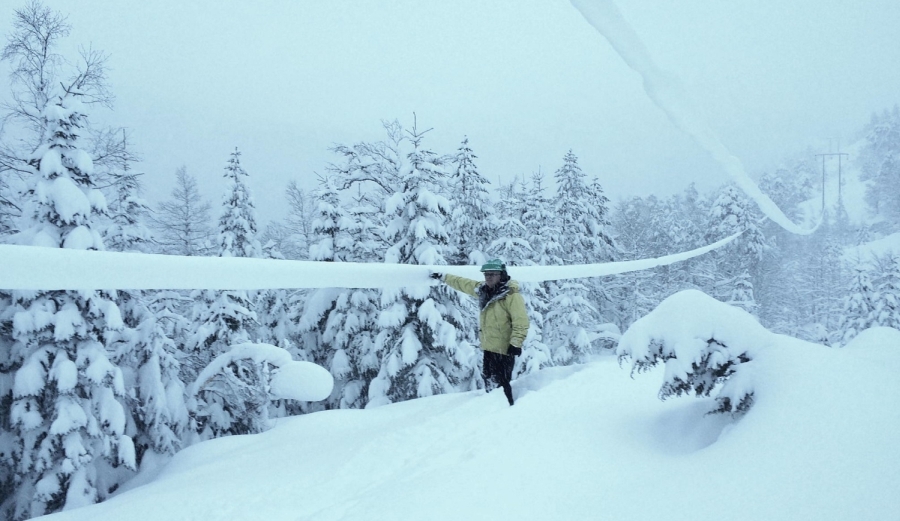The PhD defence and trial lecture will be held in Auditorium 1, The Geology Building. In some cases, it will be possible to attend the trial lecture and dissertation digitally, in that case a link to Zoom will be posted.
Trial lecture
Thursday 1 December, 15:15-16:00, Aud 1, The Geology Building
Tipping points in the climate system and the role of clouds and precipitation processes
Conferral summary (in Norwegian)
Atmosfærisk ising er et værfenomen der is kan bygge seg opp på strukturer slik som kraftlinjer, broer, vindturbiner, fly med mer. I noen tilfeller kan dette medføre store skader eller havarier på kritisk infrastruktur. Nedbør er en viktig faktor for å kunne predikere slik ising, og dette doktorgradsarbeidet inkluderer forbedringer av vinternedbør i en værvarslingsmodell. I tillegg undersøkes fremtidige klimaendringers påvirkning på isingsklima og nedbør i Norge, samt årsakssammenhengene som fører til en relativt stor reduksjon i fremtidig vinternedbør i regionen i en anerkjent klimamodell.
Main research findings
Popular scientific article about Iversen’s dissertation:
Predictions of atmospheric icing and winter precipitation
Atmospheric icing is a major weather hazard which imposes threats to critical infrastructure by accumulation of heavy ice loads. This includes structures such as power lines, bridges, telecommunication towers, wind turbines, and aircraft, and the ice loading might lead to costly damages, collapses, or disruptions. For these reasons, accurate weather and icing forecasts, as well as estimates of the future occurrence of atmospheric icing, is important for society. This doctoral work improves the weather forecasting with respect to predictions of atmospheric icing, and projects the future occurrence of atmospheric icing in Norway based on two climate models.

Precipitation is a key ingredient for several types of atmospheric icing, and is also critically important in many other respects, for example for hydropower generation, water consumption, irrigation, and industry. One of the climate models applied in this doctoral work showed future winter precipitation decreases down to 30 % over the Norwegian Sea and Norway towards the end of the century, something that would have significant implications for society. An aim has been to find and understand the physical mechanisms behind this climate response. The results show that the model’s extreme projection of future cooling in the North Atlantic causes decreases in local convective precipitation (showers). This contributes to explain some of the uncertainty in future precipitation projections from climate models and to urge the work on constraining the uncertainties.
Photo and other information:
Press photo: Emilie Claussen Iversen, portrait; 500px. Photo: Private
Other photo material: Figure with description and credit as specified in the article above, size 1500px.
